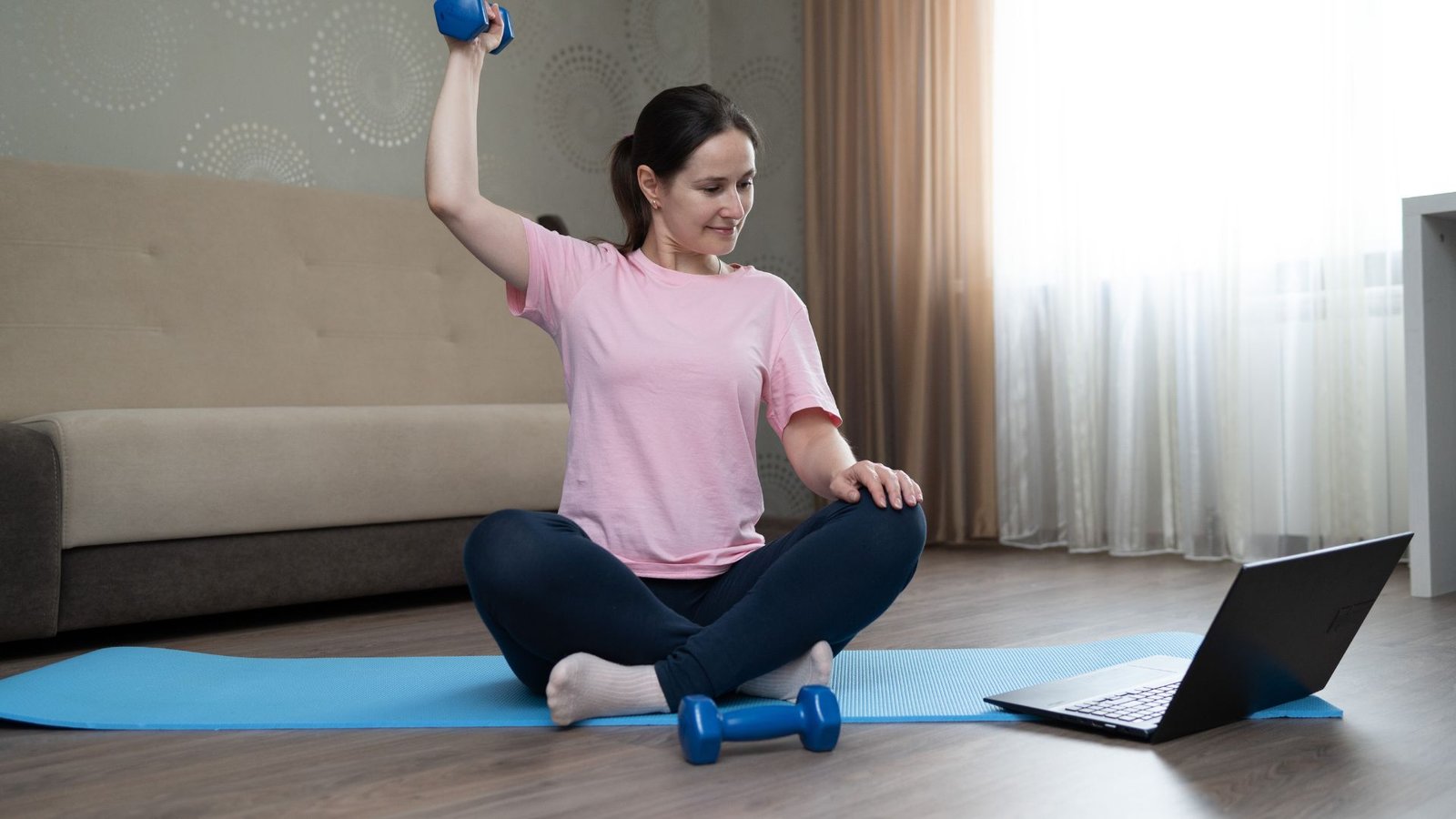When it comes to getting fit, most people start with excitement but often lose motivation after a few weeks. The reason isn’t a lack of effort—it’s the lack of structure. That’s where workout plans come in.
A well-designed workout plan provides the guidance, balance, and consistency you need to reach your goals. Whether you want to lose weight, gain muscle, or simply live a healthier life, following structured workout plans ensures you’re not just exercising but training with purpose.
Let’s explore why having a plan matters, what a good workout plan includes, and how you can create one that works for you.
Why Workout Plans Matter
It’s easy to go through random workouts you find online, but without a clear plan, it’s hard to see progress. Workout plans give you a roadmap—showing you what to do, when to do it, and how to track your progress.
Here are a few reasons why having workout plans is so effective:
Consistency: You know exactly what’s next, which helps you stick to your routine.
Progress Tracking: Plans make it easier to see how far you’ve come and adjust as needed.
Balanced Training: Good workout plans target all major muscle groups to prevent imbalances and injuries.
Motivation: Having a structure helps you stay focused, especially when motivation dips.
When you follow a plan, you’re not guessing—you’re building.
The Building Blocks of an Effective Workout Plan
A good workout plan isn’t about doing the hardest exercises; it’s about finding the right mix that fits your goals and lifestyle. Here are the essential components:
1. Goal Setting
Before starting, define your goal. Are you trying to build muscle, burn fat, or increase endurance? Your goal determines the type of exercises, duration, and intensity of your workouts.
2. Workout Frequency
For most beginners, 3 to 4 sessions per week is a great start. This gives your body time to recover while maintaining consistency.
3. Exercise Selection
Focus on compound movements like squats, push-ups, lunges, and rows that work multiple muscles at once. Combine strength training with cardio and flexibility exercises for a well-rounded routine.
4. Progressive Overload
Gradually increase the difficulty of your workouts by adding more reps, sets, or resistance over time. This helps your muscles adapt and grow stronger.
5. Rest and Recovery
Rest days are part of your workout plan too. Without them, your body can’t repair or build muscle effectively.
6. Tracking Your Progress
Keep a log of your workouts—what exercises you did, how many reps, and how you felt. This makes it easier to stay accountable and motivated.
Example Beginner Workout Plan
If you’re new to fitness, here’s a simple structure you can follow at home or in the gym:
Day 1 – Full Body Strength
Bodyweight Squats – 3 sets of 12 reps
Push-Ups (or knee push-ups) – 3 sets of 10 reps
Dumbbell Rows – 3 sets of 12 reps
Plank – 3 rounds of 30 seconds
Day 2 – Active Recovery or Light Cardio
Brisk walk, yoga, or light cycling for 20–30 minutes
Day 3 – Lower Body Focus
Lunges – 3 sets of 10 reps per leg
Glute Bridges – 3 sets of 15 reps
Calf Raises – 3 sets of 20 reps
Side Planks – 3 rounds of 20 seconds per side
Day 4 – Upper Body Focus
Shoulder Press – 3 sets of 12 reps
Bicep Curls – 3 sets of 12 reps
Tricep Dips – 3 sets of 10 reps
Mountain Climbers – 3 rounds of 30 seconds
Day 5 – Rest or Gentle Stretching
This plan focuses on building strength and endurance while improving flexibility and balance—perfect for beginners or those restarting their fitness journey.
Tips for Sticking to Your Workout Plan
Even the best plan won’t work if you don’t stick to it. Here’s how to stay consistent:
Start small. Don’t overwhelm yourself with long or complicated workouts.
Schedule your workouts. Treat them like important appointments.
Mix it up. Add variety to avoid boredom and keep challenging your body.
Celebrate progress. Small wins—like completing a week or adding a few extra reps—keep you motivated.
Listen to your body. Rest when you need to. Overtraining can lead to burnout or injury.
Remember, your workout plan should fit into your life—not take over it.
The Benefits of Sticking to Workout Plans
Consistency pays off. Following workout plans helps you build not only physical strength but also mental discipline. Over time, you’ll notice improved energy, better sleep, increased confidence, and reduced stress.
The beauty of having structured workout plans is that they evolve with you. As you grow stronger and more capable, your plan can adapt to meet your new fitness goals.
Start Your Fitness Journey with the Right Plan
Your fitness journey doesn’t need to be complicated—it just needs direction. A good workout plan gives you structure, motivation, and measurable progress. Whether you’re training at home or hitting the gym, what matters most is showing up and staying consistent.
Start today by creating your own plan or following a simple beginner routine. Focus on building small habits that lead to big results over time. If you want personalized support, consider working with a certified personal trainer who can design a custom plan to match your goals and schedule.
Every step you take brings you closer to a stronger, healthier version of yourself. Don’t wait for the “perfect time” to begin—start your journey now with the right workout plan and see how consistency transforms your body and mindset.





